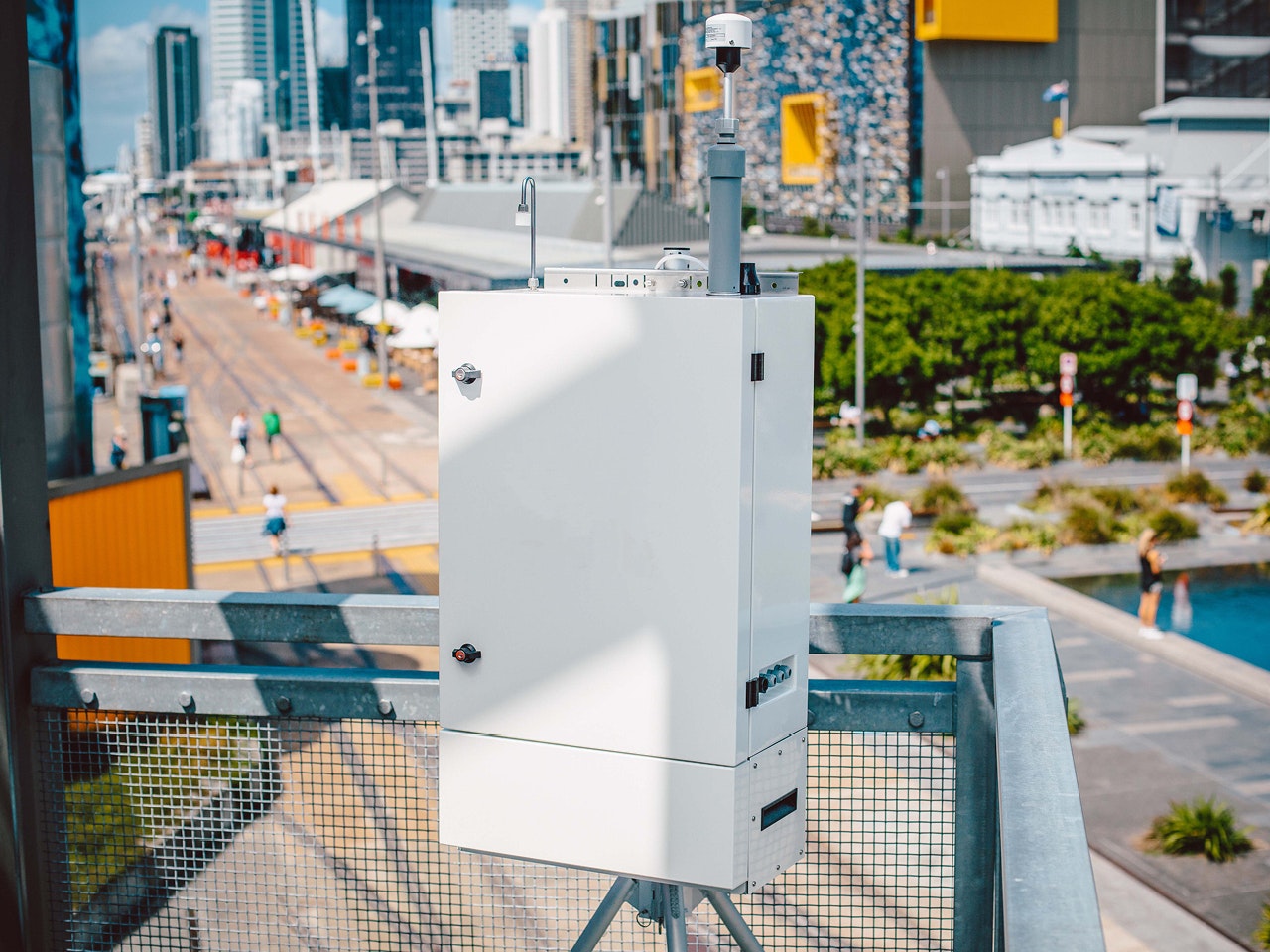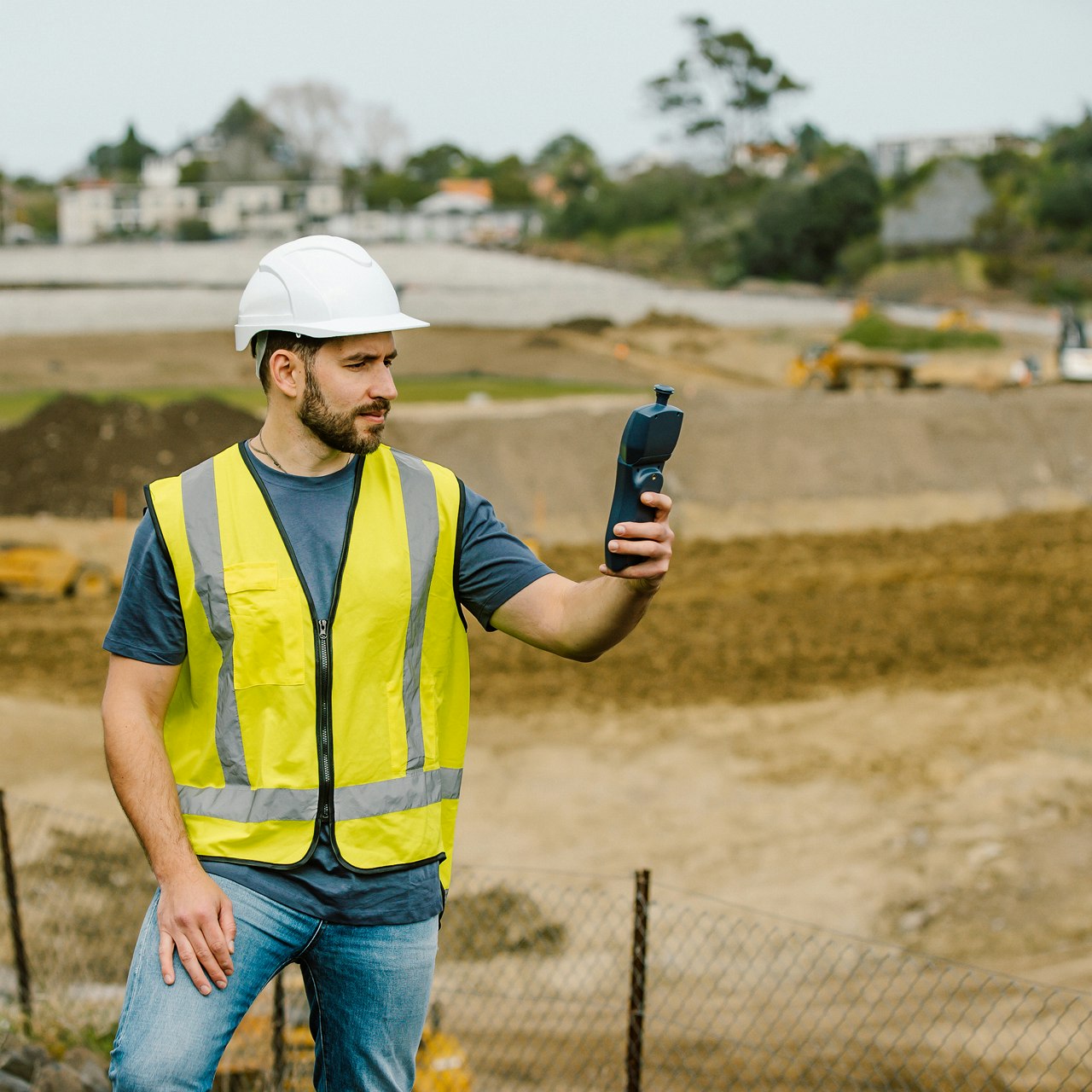Case Study
Portable Ozone Monitoring Solutions Build Awareness, Create Educational Opportunities
Saint Gerald School students measure ground-level ozone using the Series 500 portable monitor thanks to MAPA’s Little Steps Big Impact campaign.
Project Details
Project
Saint Gerald Catholic School
Location
United States
Date
2016
Services
Series 500 – Portable Ozone Monitor
Measurements
Ozone
Sector
Community
The customer
Saint Gerald Catholic School, located in Ralston, was founded in 1959. The school prides itself on providing a strong faith-filled environment and is an accredited school with high academic standards.
The Metropolitan Area Planning Agency (MAPA) is a regional Council of Governments. They bring local and regional officials together with citizens in Eastern Nebraska and Western Iowa to connect and plan with them. MAPA helps member governments to address regional problems that may cross jurisdictional boundaries, including air quality. MAPA provided Saint Gerald School with the use of Aeroqual’s Series 500 Ozone Monitors free of charge, as part of its Little Steps Big Impact ozone awareness and education campaign.
The problem
In 2010 and 2011, the U.S. Environmental Protection Agency (EPA) began reviewing the recommended acceptable limit for ozone, considering lowering it to 70 PPB. This was a problem for the Omaha Metro region, as they could be at risk of going into non-attainment due to the area already hovering around 70PPB for several years. Potential consequences could be stricter controls, economic consequences, and more state oversight by the U.S. EPA. This sparked conversations between MAPA and other agencies and stakeholders about how they could raise awareness of the problem and encourage people in the area to help. In October 2015, the U.S. EPA was convinced of the negative health effects of ground-level ozone and the stricter standard of 70PPB came into effect.
Also wanting to create awareness of the human impact on the environment was Saint Gerald teacher, Kendra Sullivan. Kendra’s problem was finding a way to teach air pollution to her fifth-graders that would engage and interest them.
The shared problem between Saint Gerald School and MAPA was how to provoke change and educate people that common daily activities, such as driving, play a huge part in contributing to ground-level ozone.
Students from Saint Gerald Catholic School using Aeroqual’s Series 500 Portable Ozone Monitor to record levels of ground-level ozone.
Students using the Series 500 to record pollutant levels in their school grounds.
The solution
In 2011, MAPA launched Little Steps Big impact, a campaign created to educate and raise awareness that “you can make a difference” in reducing ground-level ozone. In 2016, MAPA created the school ozone monitoring program as an opportunity to educate students. Saint Gerald School was one of the first schools to participate in the program.
MAPA provided Saint Gerald’s, and other participating schools, with Aeroqual’s Series 500 Ozone Monitors and teaching material. The easy-to-use portable monitors gave students hands-on experience measuring ground-level ozone in real time. In small groups, students collected and recorded ozone levels at various times and locations, seeing first-hand the impact of human daily activities on ozone levels. They were able to take their classroom knowledge about air pollution and its impact and test it in the field.
“Aeroqual’s monitors provide them with real numbers so they have a visual tool which illustrates the presence of air pollution in the environment.”
Sue Cutsforth
MAPA Information Officer
Evaluation
Sue Cutsforth, MAPA’s Information Officer, says that the Saint Gerald School students “have been very engaged in this project and show a great zest for knowledge about air pollution, its causes, and how they can help improve air quality.”
Allowing students to monitor ground-level ozone was a great way for them to verify the issue for themselves and encouraged them to care. This approach is supported by several studies that show students learn best and retain more information when their learning is active.
The impact of the program was shown when a St. Gerald School student took her learnings home. The student informed her parents about the air pollution caused by idling vehicles and requested for the car to be turned off when waiting in the school pick-up zone.
In 2018, because of the success of the program with schools like Saint Gerald Catholic School, MAPA secured a grant of $55,000 from the Nebraska Environmental Trust so they can continue the program and expand it to more schools in the region.
Related products
Want to learn more?
If you’d like to know more about this case study, or to discuss your air monitoring requirements, please get in touch.












